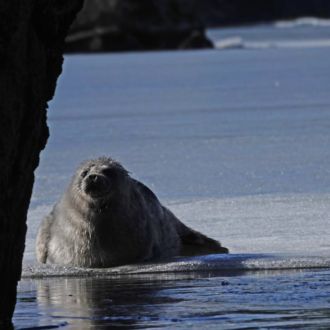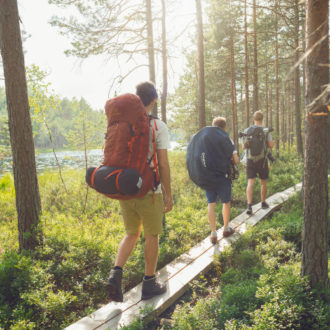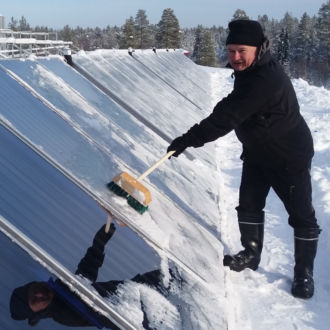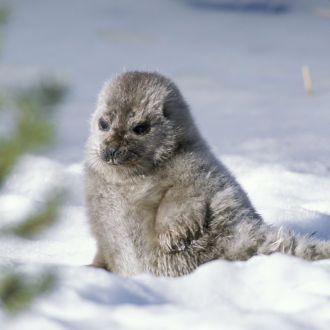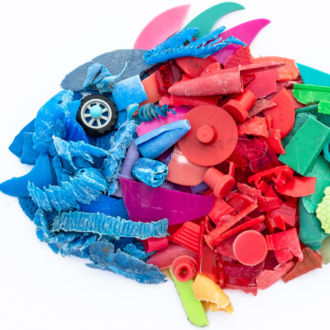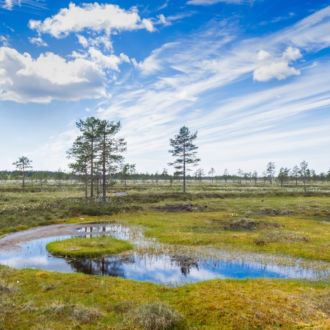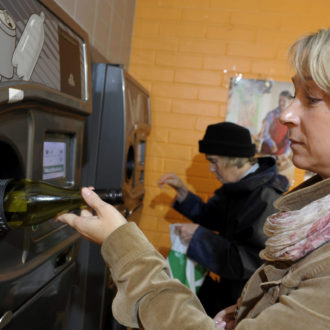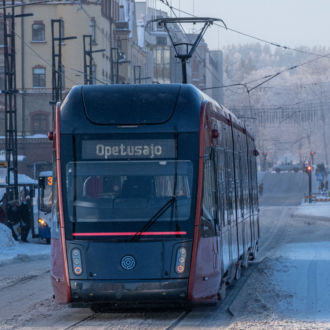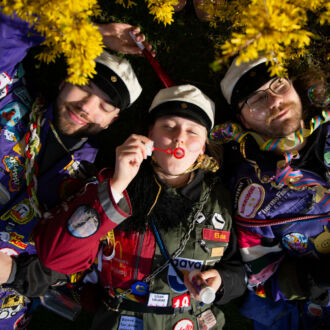As 2021 Green Capital of Europe, the city of Lahti has earned long-term attention as a progressive trailblazer for innovative environmental solutions and a potential destination for tourists and conference organisers.
In a year with travel restrictions in force because of the Covid-19 pandemic, that’s no mean achievement. At least in terms of media coverage, the whole world has converged on Lahti, which lies 100 kilometres (60 miles) north of Helsinki.
Two green cities
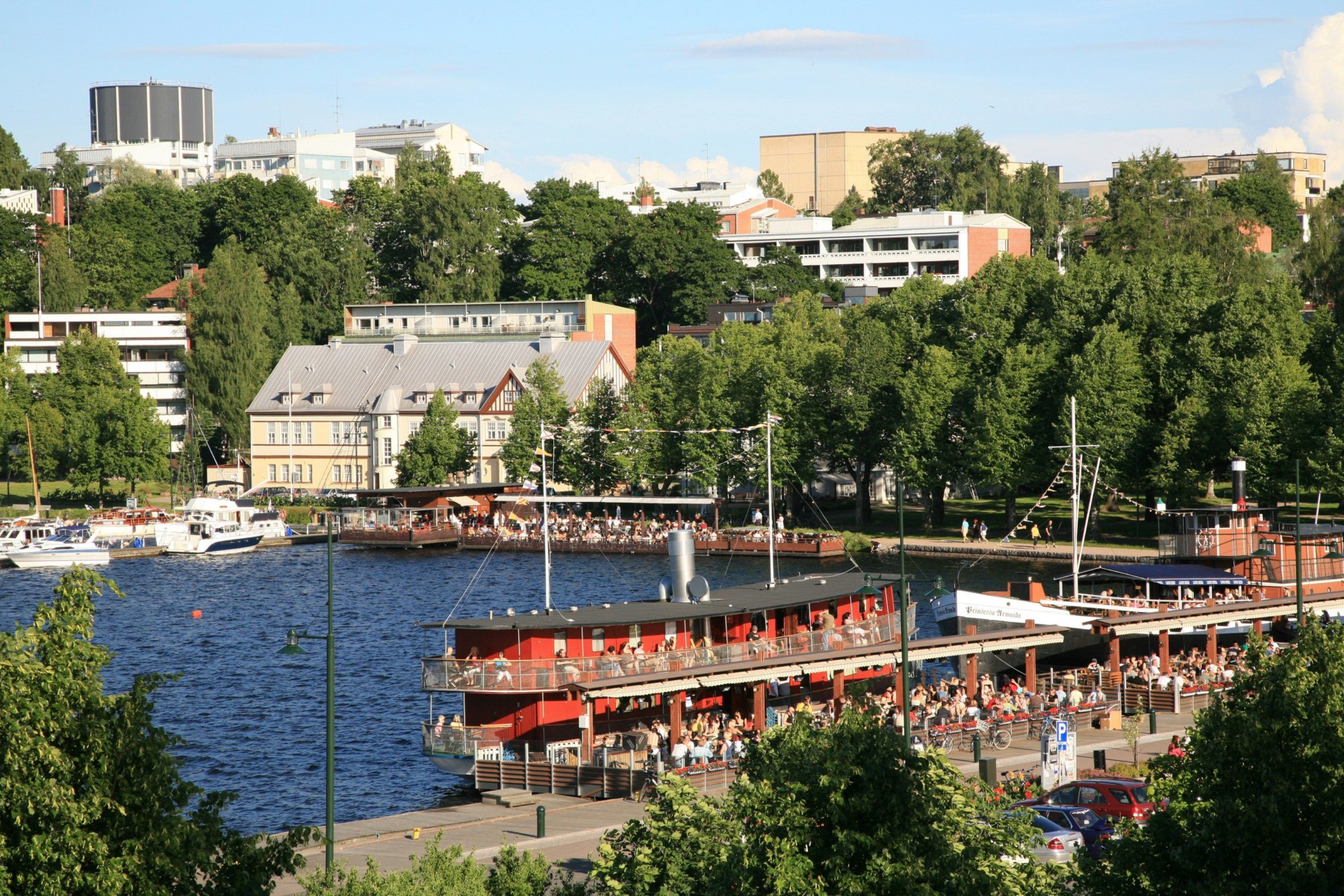
The southeastern Finnish city of Lappeenranta, which received the 2021 Green Leaf award, has a mix of old and new architecture. It is located on the shores of Lake Saimaa, Finland’s largest body of water.Photo: Jonne Räsänen/Otavamedia/Lehtikuva
Also in 2021, the eastern Finnish city of Lappeenranta, which is smaller than Lahti, has a similar award: the European Green Leaf (see box below). Both the Green Capital and the Green Leaf are bestowed by the European Commission.
While the honours serve as excellent yearlong civic showcases for the cities and their communities and indicate appreciation of their environmental records, the idea is to encourage long-lasting effects and share urban environmental solutions.
Lahti is the 12th city to be awarded Green Capital status, enjoyed in previous years by the likes of Bristol, Hamburg, Lisbon and Copenhagen. Cities with a population of at least 100,000 can apply for the award (Lahti has 120,000), which the European Commission grants in recognition of a range of environmental issues, including air quality, ecological innovation, biodiversity and transportation.
A new world

Lahti City Hall is surrounded by greenery in this summer photo.Photo: Petri Koivisto/Visit Lahti
We hardly need to remind readers that 2021 has been, to say the least, an unusual year for event organisers.
“We have adapted well,” says Milla Bruneau, executive director of the Green Lahti project. “When the pandemic hit we took a very realistic approach, realising that everything needed different scenarios. We haven’t been forced to cancel many of our events altogether, but we have just found new ways of holding them.
“Of course that means we have had to do a lot of things online. That’s the new way in a new world, and it actually helps us to reach a wider audience. Instead of having a seminar behind closed doors for 150 to 200 people, now we have the potential to reach thousands of people online.”
Healthy environment
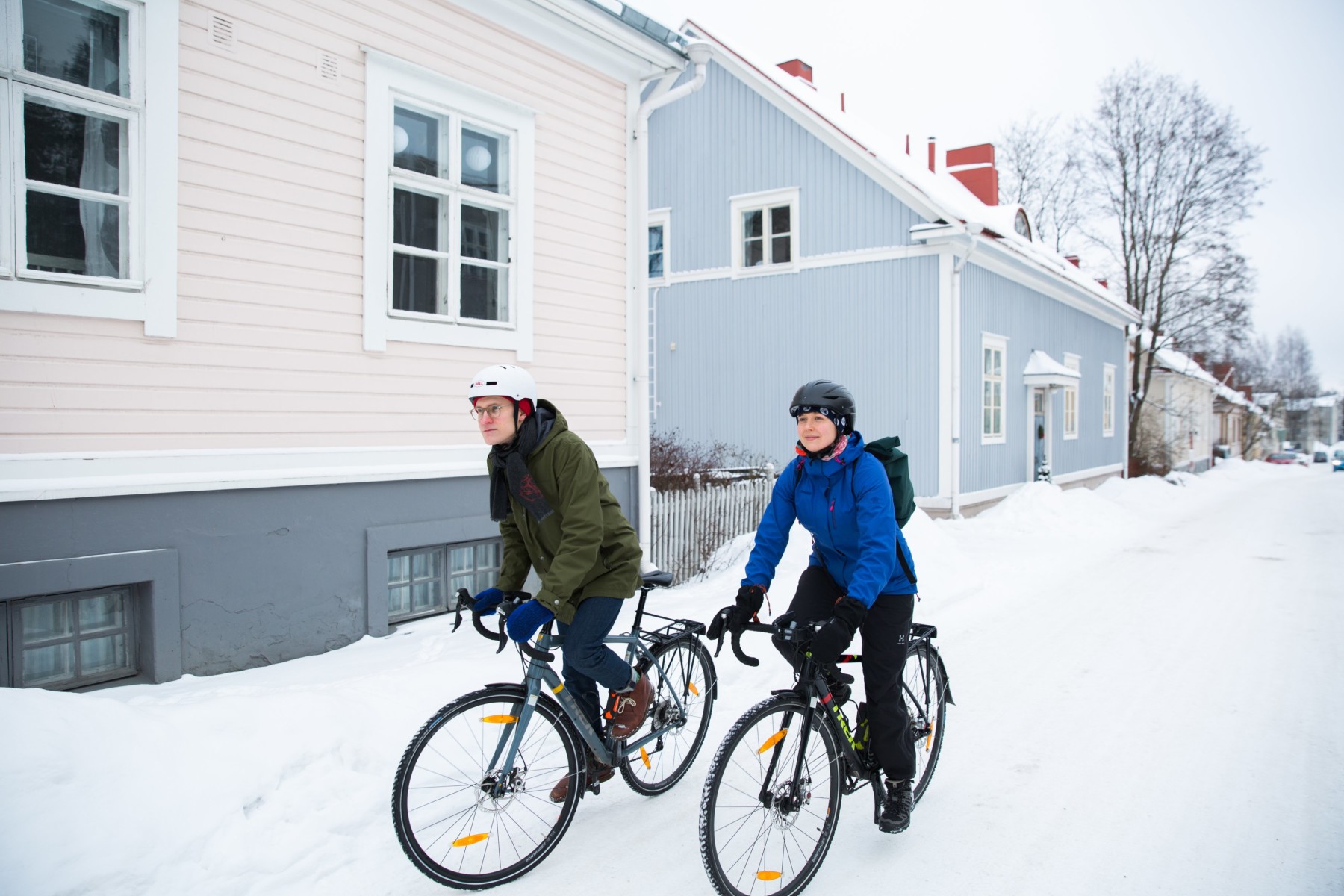
With well-maintained paths and appropriate tyres, you can keep biking throughout the winter in Lahti and other Finnish cities.Photo: Lassi Häkkinen/City of Lahti/Visit Lahti
Lahti sits on the shores of Vesijärvi (the creative and fittingly descriptive name translates to “water lake,” and lahti itself means “bay”). One of the city’s prime environmental credentials is the impressive transformation of the lake, starting in the 1970s and ’80s, from one of northern Europe’s most polluted waterways to one of its cleanest, through concerted efforts to make regional business and tourism more sustainable.
The lake is now plentifully stocked with fish and acts as the water supply for the Hartwall brewery and for Teerenpeli, a distillery and microbrewery. As Bruneau points out, a healthy natural environment and exemplary sustainability will top the list in the future for tourists as well as industry considering new locations. Lahti scores additional points with its stated aim of achieving carbon neutrality by 2025, a full decade before Finland’s national target date of 2035 and 25 years ahead of the EU target of 2050.
“We have identified several main initiatives that are most important for our legacy,” says Bruneau. “One of these is the development centre for a carbon neutral construction industry, led by the City of Lahti, for which we hope to get government funding.
“Another is urban mobility and development of the Green Electrification of Mobility Ecosystem. This means making sure that public transportation is top-notch and serving the city centre with proper infrastructure for biking, public transportation and private cars. We have a big fleet of electric buses, which we will double next year. I see a lot of opportunities.”
Carbon neutral harmony
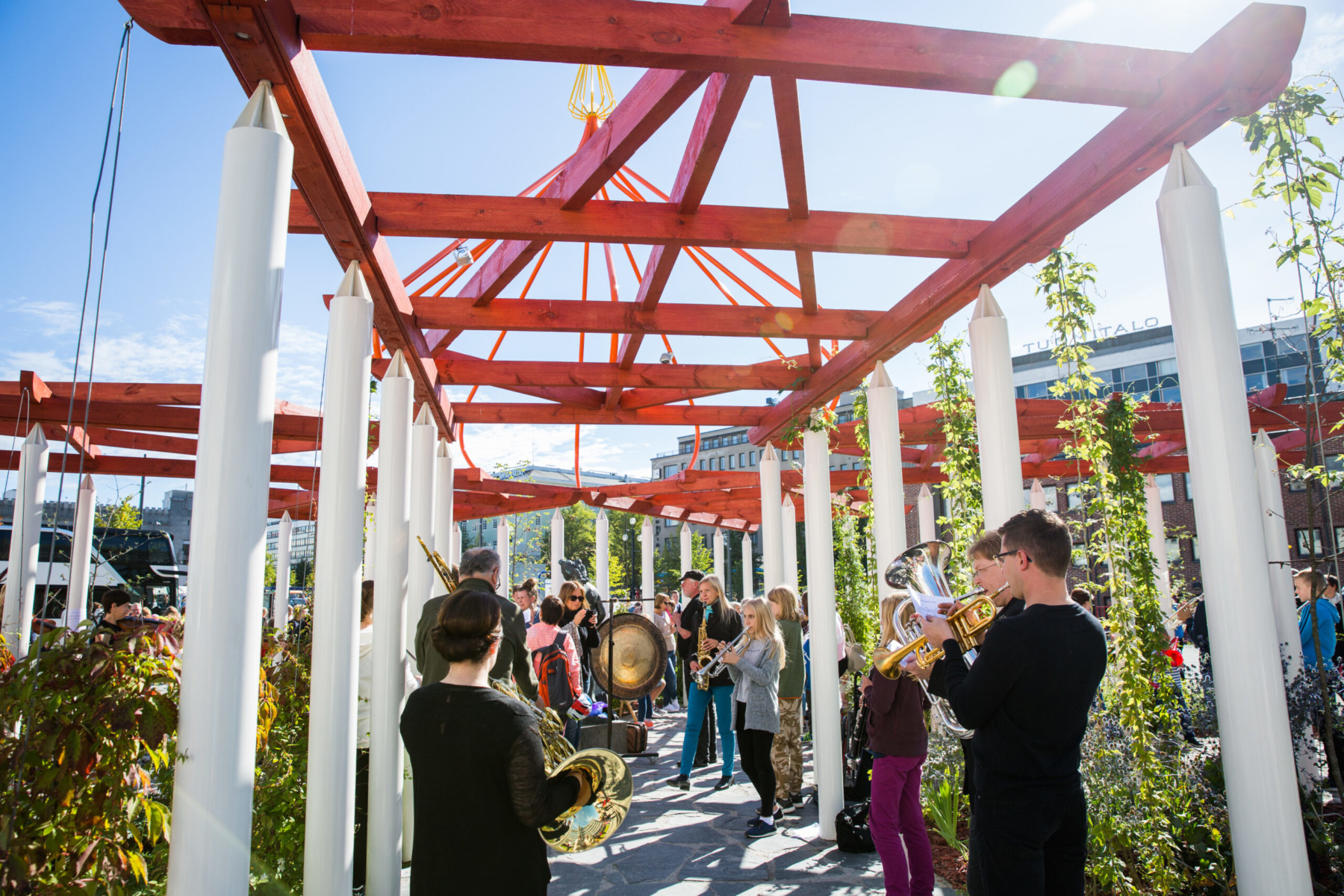
On the main square: Because of the pandemic, Lahti has had to curtail or modify its plans for public events during its year as European Green Capital.Photo: Lassi Häkkinen/City of Lahti
Practically all of Lahti’s household waste is separated and recycled, while City eBikes and eScooters will supplement the transport system in the coming months. Even the esteemed Lahti Symphony Orchestra has committed to carbon neutrality, identifying areas for emission reductions: transportation; energy consumption; clean technology in light and sound services; and sustainably produced promotional merchandise.
Lahti’s international tourist numbers tumbled during the pandemic, with the exception of the many media visits. The increase in staycation visitors from other parts of Finland compensated to some degree.
At the time of writing, in autumn 2021, Bruneau’s main regret is that intended interaction with Lahti’s citizens has had to be limited. “Covid has prevented us from putting the footwork into meeting citizens at the more local and smaller events, and I feel a little bit sad about that. So we are trying to focus on that for the rest of the year. But we are proud that we have presented ourselves as a city with solutions that everyone can learn from.”
Lappeenranta strides towards carbon neutrality
Lahti is not the only community in Finland earning recognition for its progressive environmental endeavours. Lappeenranta, close to the Russian border in southeastern Finland, is the 2021 winner of the European Green Leaf award, which goes to cities with fewer than 100,000 people. Lappeenranta (population 72,000) shares the Green Leaf honour with Gabrovo, Bulgaria.
In granting the award, the European Commission praised Lappeenranta for its “visible commitment to developing climate work” as part of its efforts to achieve carbon neutrality by 2030 – five years before Finland’s national target of 2035.
Lappeenranta’s Green Leaf programme embraces the participation of local people, with organised nature walks and cycle rides; events to promote solar power and other renewable energy sources; participatory budgeting workshops where citizens help decide how to use money to help the environment; circular-economy promotions; wildlife appreciation events; and the world’s largest-ever community clean-up.
Like Lahti, Lappeenranta has remained Covid-19–compliant while putting its programme into action. And like Lahti, it intends to leave an environmental legacy extending beyond the award year.
By Tim Bird, September 2021
